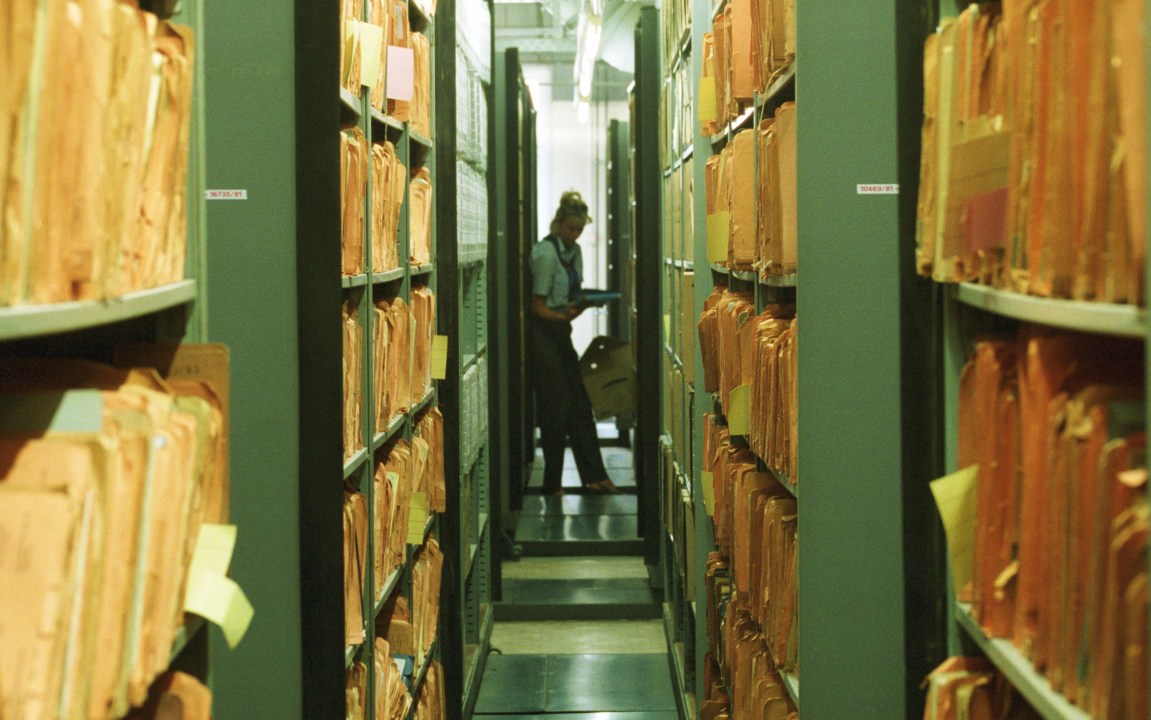‘Oh please… not the letters I sent to my mum,’ sighed the East German pastor Gernot Friedrich as he randomly pulled pages out of the 3,000-page file. Since January 1992, Germany has attempted a unique experiment in addressing its own past: anyone can request to view their Stasi file.
Founded in 1950 as the Socialist party’s ‘sword and shield’, the Ministry for State Security, better known as the Stasi, spent its 40-year existence gathering information about real and imagined political opponents. It created one of the most comprehensive police states in the world, dwarfing even the Nazi’s infamous Gestapo. Where the latter operated at around one officer to 10,000 citizens, at its peak the Stasi had one officer to every 180 East Germans.
The scale of the GDR’s surveillance took on such proportions that the Stasi began to recruit hundreds of thousands of ‘unofficial’ employees, casual informants who could provide information about individuals or entire communities.

Britain’s best politics newsletters
You get two free articles each week when you sign up to The Spectator’s emails.
Already a subscriber? Log in








Comments
Join the debate for just £1 a month
Be part of the conversation with other Spectator readers by getting your first three months for £3.
UNLOCK ACCESS Just £1 a monthAlready a subscriber? Log in